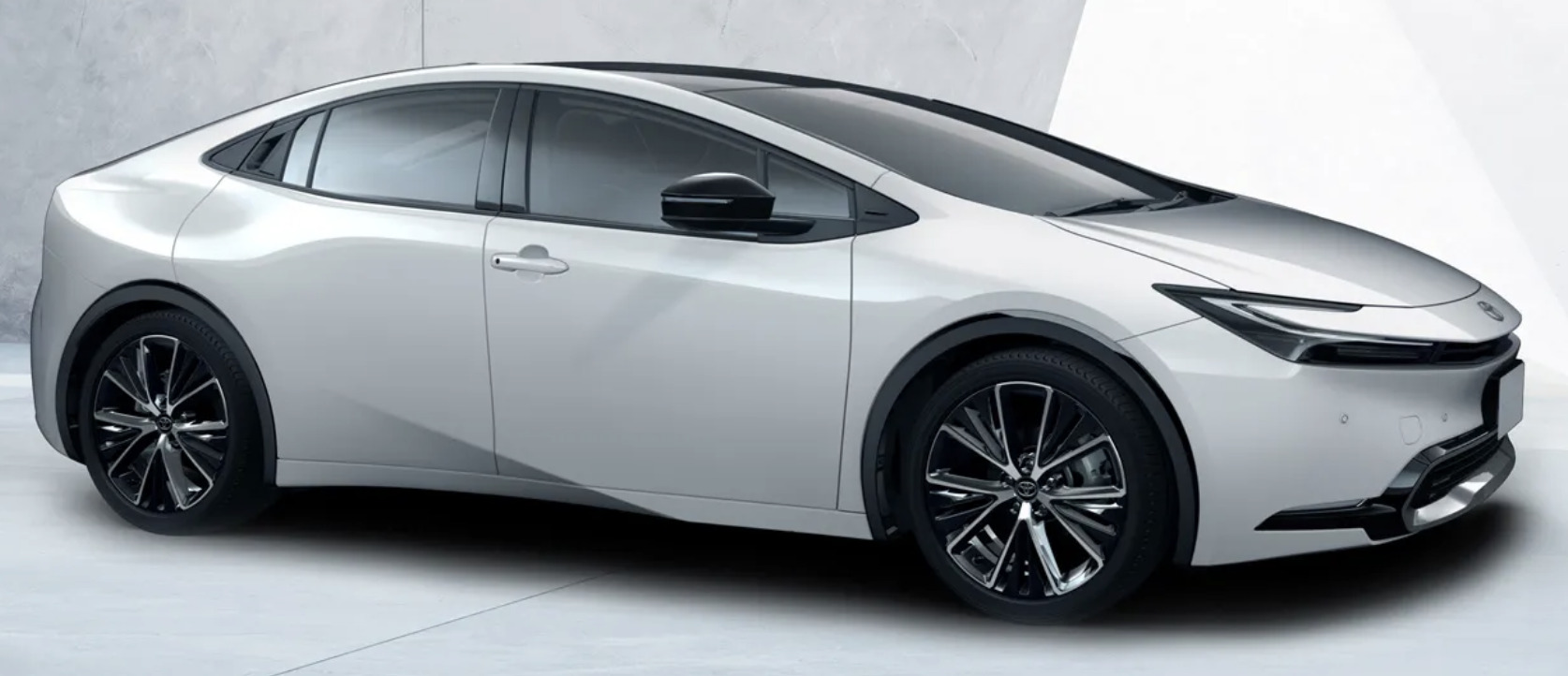With calls for decarbonization, there is a growing movement, especially in Europe, to eliminate engine cars, including hybrids. Of course, there is no doubt that EVs are environmentally friendly eco-cars. On the other hand, there may be many automobile users who are questioning trends toward EVs as the norm. In fact, hybrid vehicles, especially the latest Japanese models, have reached a level of efficiency that, in total, can be said to have a lower environmental impact than most EVs now. It seems to me that there are many things that need to be considered, including the many ways in which cars can be used.
EVs are eco-friendly when they are in motion
EVs are certainly clean vehicles while in motion. When you encounter them in underground parking lots, etc. They are not only quiet, but also emit no exhaust gas, so they have no negative impact on the human body, and you can get the impression that they are eco-friendly vehicles.However, this is only a story for the moment, when driving.
In fact, in Japan today, it is not possible to reduce CO2 emissions from EVs to zero. This is because EVs emit a considerable amount of CO2 during the process of manufacturing, electricity required for driving, and recycling after use.When compared with LCA (Life Cycle Assessment = evaluation of CO2 emissions from the time materials are manufactured, during use, and when they are recycled at disposal), EVs have a surprisingly high environmental impact.
In Europe, this issue has long been addressed, and a system has been established to manufacture batteries and cars using renewable energy. Even so, the difficulty of achieving carbon neutrality from raw materials to disposal is extraordinary. The same is true for cars other than EVs, but does it not seem contradictory that EVs, which claim high environmental performance, emit more CO2 during manufacturing than engine cars.
Hybrids in terms of environmental impact
Hybrid cars emit more CO2 during manufacturing than gasoline cars, but not as much as EVs, and their fuel economy is much better than that of gasoline cars. In addition, lithium and cobalt, the materials used in batteries, are not only limited resources, but also cause environmental pollution during the mining and refining processes. These materials are risky to produce in enormous quantities due to the health problems of miners and the impact on residents, animals, and plants. Cobalt-free batteries and batteries using materials other than lithium are being developed, but it will be some time before they can be put to practical use and replace the current lithium-ion batteries.
The country that says, “As long as we can reduce CO2 emissions from cars, we will not worry about other pollution problems. No country will ever say such a foolish thing, so the road to EVs becoming truly earth-friendly vehicles is still far from over. Hybrids are equipped with the same components as EVs, so the fundamental problems they face are the same. However, considering that they require only one-tenth the number of batteries, the environmental impact per vehicle will be much lower.
Only a limited number of users will be able to choose EVs
For users who are going to purchase or replace their cars, the choice between EVs and hybrids (including PHEVs) may be a difficult one to make. Recently, some articles introducing EVs have pointed out the high price of EVs, but this is because they do not consider the subsidies and the low cost of electricity when driving compared to gasoline. Rather, what we should worry about with EVs is the trade-in price when we replace them, and now we are in a situation where we can buy EVs if the environment for recharging is good.
On the other hand, if a user lives in a house or condominium without a parking space, he or she will continue to use an EV by using a quick charger installed nearby. The electricity cost of EVs does not include the loss caused by this charging. This is because the loss is small for normal recharging alone. The LCA also counts only the power charged to the battery when charging EVs, but power losses occur on both the charger side and the vehicle body side.
Naturally, the higher the voltage, the greater the loss during recharging, so even the rapid recharging standards that have been developed in recent years to achieve higher voltages cannot improve power loss much, even if they ensure safety.
In the case of hybrid vehicles, the battery is charged either by the power of the engine or by kinetic energy during driving, so fuel consumption represents all CO2 emissions, but this is not the case with EVs. Without capturing this invisible thing called electricity and evaluating it carefully, the environmental performance of EVs and PHEVs cannot be accurately judged. Even with this explanation, neither EVs nor hybrids can demonstrate superior environmental performance unless users buy them. Since the main goal of both is to reduce CO2 emissions, manufacturers should disclose as much detailed information as possible to create a market in which they can compete for superiority.
Then, based on such data, we should consider the regulation of engine cars objectively. It is not enough to use electricity for everything, but there are other options for using engines besides fossil fuels.




Comments